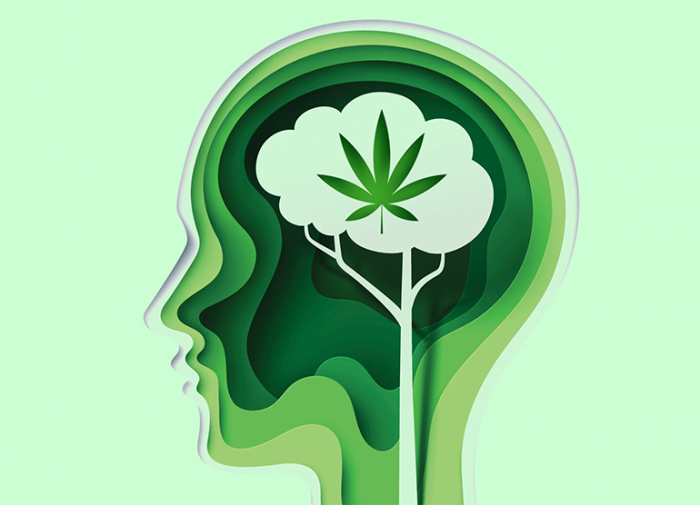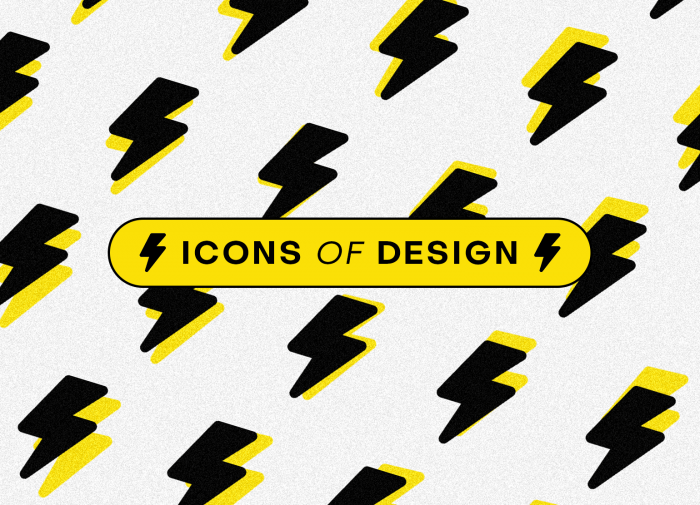When you need a quick hit of inspiration, where does your mind turn? Perhaps it’s another pull of the espresso machine, a few sit-ups, or a mid-day change of scenery. Prolific Japanese inventor Yoshiro Nakamatsu finds his biggest breakthroughs while holding his breath underwater. But maybe you need to think smaller.
Enter: microdosing. More than just a buzzword of the moment, microdosing is becoming a regular part of many creatives’ workflow. And while small-dose consumption is nothing new, its effects are being studied and cited as a way to enhance creativity, stabilize mood, and even kick productivity into gear.
So what are the facts about microdosing as we know them? And is it time for you to take the trip?
A new age of psychedelics
Let’s take a step back and look at what microdosing actually refers to these days. Though you could theoretically microdose any number of substances, the term generally refers to taking either LSD or psilocybin at between five and 10 percent of its normal dose. For psilocybin—often dubbed magic mushrooms or shrooms—that means ingesting as little as 1.5 milligrams, an amount so slight it could sit comfortably upon your shift key.
Microdosing generally doesn’t produce an acute high, but rather something of a stabilizer. But as writer, poet, and filmmaker Harmony Holiday suggests, there are both emotional and physical benefits. “It increases the visual intensity of colors and hues, which suggests a higher sensitivity to differences between frequencies,” she said. At the same time, it can induce feelings of calm.
Although it’s still early days for regulated psychedelics in America compared to the evolution and widespread availability of cannabis, the wheels are in motion. Early this year, Oregon became the first state to legalize psilocybin, and several cities nationwide have decriminalized it for personal use.
For the trip-curious designer, here’s some more good news: There’s no need to seek out a Grateful Dead show or a multicolored school bus to procure your dose. Instead, you might look to one of several mushroom chocolate purveyors, such as Stem and Alice. No sweet tooth? You can also steep it into tea for an inconspicuous DIY approach. Want better control over your dosage? There are tinctures and capsules for that.
Small doses, bigger ideas?
Beyond anecdotal bursts of inspiration, we also have formal evidence to back the claim that microdosing stokes creativity. A 2018 study conducted in the Netherlands analyzed the effects of psychedelic truffles on creative problem-solving abilities. After taking a microdose, subjects took two tests. The first measured convergent thinking, which involves using logical reasoning and taking a rules-based approach. The second test measured divergent thinking—free-flowing ideas based on creativity—by giving participants a picture of common household items, then telling them to list as many alternative uses as possible.
The results revealed that microdosing improved both convergent and divergent thinking, noting that it produced “more out-of-the-box alternative solutions for a problem.” Whether you’re combating a creative block or struggling to revamp your style for a new client project, microdosing could unlock a valuable, novel perspective.
Ryan Rosenthal is a senior designer at MUD\WTR, a direct-to-consumer mushroom energy drink brand. The company itself encourages employees to try whatever it takes to promote health and productivity, including psilocybin—and for Rosenthal, a long-time microdoser, that freedom to experiment yields strong results.
“It’s really good as a designer because we’re trying to think about the psychology of who’s visiting our platform,” said Rosenthal. “You can tap into that and become more empathetic.”
Others use microdosing to combat the stresses of daily life that inhibit creativity, especially when it comes to balancing business and design. “It’s had a really calming effect on my work,” described Natasha Blake, a nail artist who runs a studio in London. “It helps me hyper-focus onto my canvas, which leads me to paint better. My imagination expands and I can put together designs more fluidly.”
While microdosing is a routine that can take a few weeks to build up, some also see the positives in heavier trips. Sculptor Reuven Israel channels his psychedelic experiences into self-assessment, taking a more inward approach. “It opened up another layer to the world,” he told Artsy, offering “a completely different way of me looking at my own art.”
Opening the dialogue
There’s no one-size-fits-all solution to enhance creativity, and microdosing itself won’t affect everyone in the same way.
Yet today, we’ve grown accustomed to remote work, collaborating across borders, and unconventional company hierarchies. In short, there’s less judgment than ever about how we reach a deadline. Is it time to be a little more open about the substances people use to get there too?
MUD\WTR CEO Shane Heath puts it like this: “We’re not providing drugs, but we also aren’t telling people not to partake in whatever helps them to improve their creativity, productivity and mental well-being.”
Whether it’s helping you unlock a more human-centered approach amid the convergence of AI and design or simply getting in the right headspace to be productive, a little trip might go a long way. Psychedelic breakthrough or not, there’s always room to experiment.


